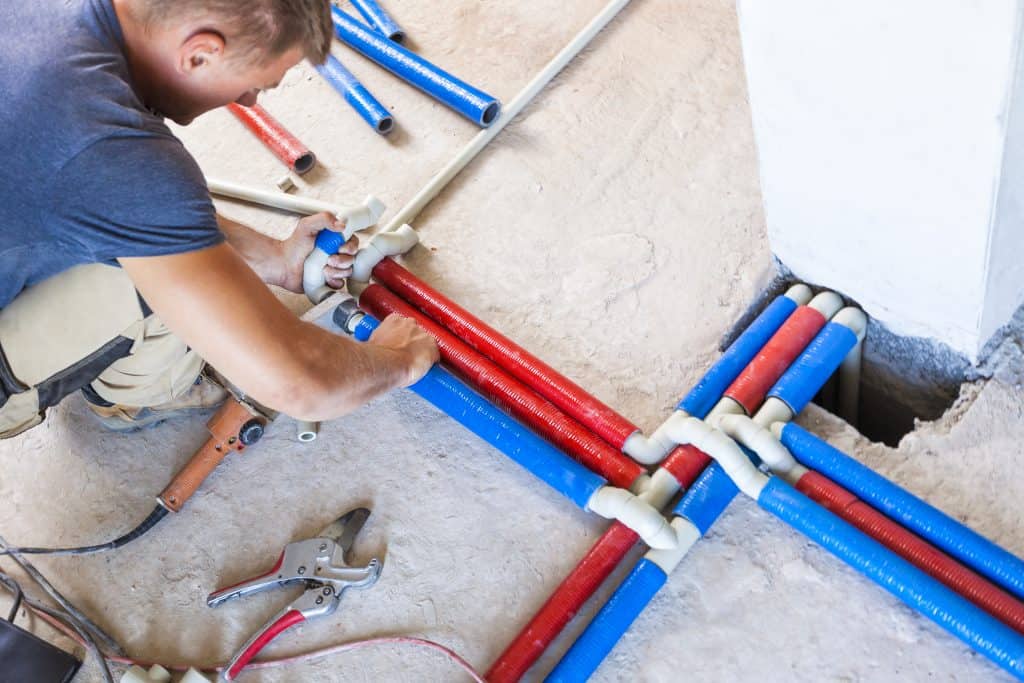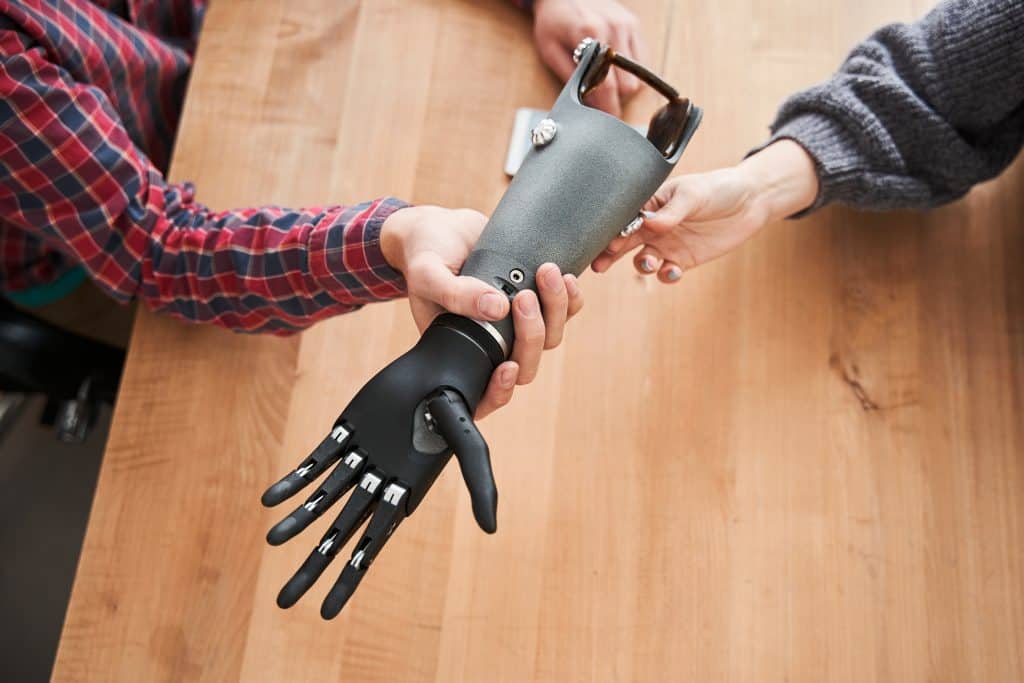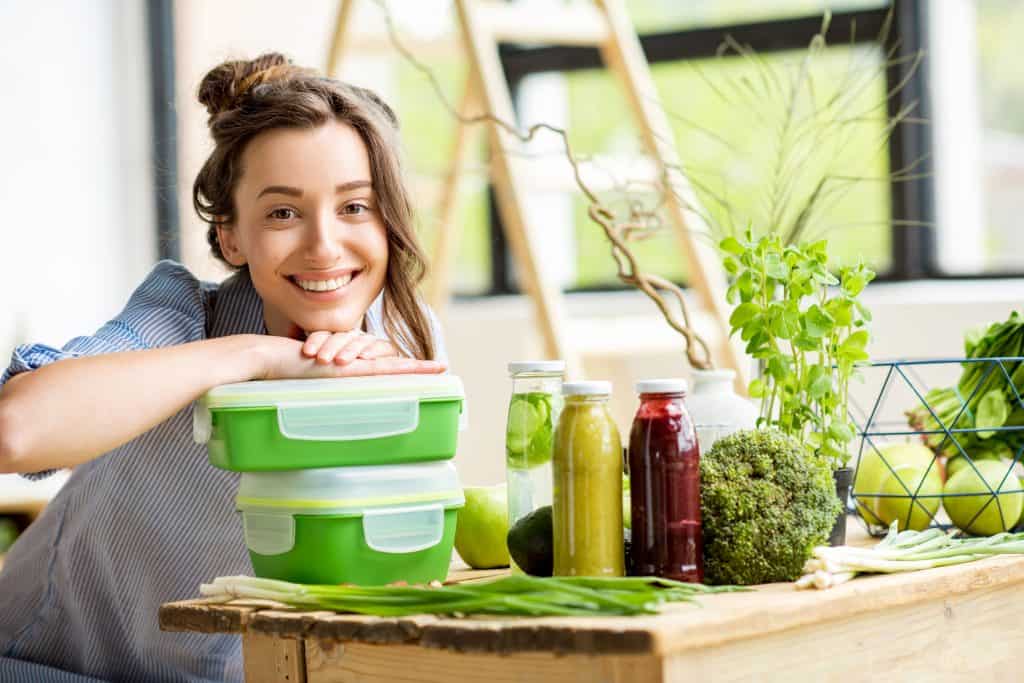Sustainable use

Plastics in everyday life
Plastics are at the heart of a continually expanding range of innovations that contribute to sustainability, safety, longer lives and better performance in our everyday lives. From the point of purchase through to end-of-life, plastics can provide tangible benefits to society and the environment through sustainable use.
Here are just some of the ways in which plastics help improve our lives.

Building and construction
Buildings account for roughly 40% of the EU’s energy consumption and greenhouse gas emissions; plastics can help to reduce this energy consumption. Overall, plastics building products, compared to other materials, use rather less energy and resources during production and the conversion into finished products.
Did you know? Over its lifetime, plastics insulation saves over 200 times the energy used in its manufacturing.
The plastics industry is increasing the sustainability of the sector through innovation. These include high-performance and longer-lasting insulation products, window frames and piping systems that increase buildings’ sustainable construction and energy efficiency, and the use of recycled materials. The use of plastics materials for the renovation of existing buildings and the construction of energy-efficient new buildings is essential to meet this area’s EU objectives.
Read how plastics are contributing to sustainable construction.
Improving your vehicle’s fuel economy and reducing its greenhouse gas emissions
The energy efficiency of modern vehicles couldn’t be achieved without plastics, and a future with sustainable mobility cannot be achieved without them. The plastics industry is already contributing to creating sustainable mobility through the design and production of a wide range of applications.
Did you know? Plastics components weigh 50 percent less than similar components made from other materials, which means a 25 to 35% improvement in fuel economy.
The industry supports the drive toward sustainable use and climate neutrality by helping reduce greenhouse gas emissions from transport through more lightweight and fuel-efficient cars and other vehicles. Plastics also support the transition from fossil fuel to renewable energy powered vehicles, including electric and hydrogen.
Did you know? Your car will emit 20 kilograms less of carbon dioxide (CO2) over its operating life for every kilogram of weight lost.
Plastics used in vehicles can help them be safer and more comfortable. They also contribute to the overall interior comfort of the car, be it through sound insulation or visual and tactile features, such as seat fabrics and floor carpets. Modern plastics and composites are used in a vehicle’s bumpers, doors, seat belts, airbags, dashboards and even driveshafts, contributing greatly to the safety of today’s vehicles and helping to save thousands of lives every year.
Learn how vehicles are becoming more efficient with plastics.


Supporting healthcare innovations
Modern healthcare would be impossible without the many plastics-based medical products we take for granted. Plastics are everywhere, from personal protective equipment, sterile syringes, intravenous blood bags, IV tubes, heart valves, ‘artificial skin’ for emergency burns treatment, and orthopaedic devices, to slow drug release plastics pills.
Innovations in plastics are making new advances in healthcare possible, such as 3D printing for skins, bones and cartilage, while new materials that can self-heal are being developed. Plastics enable people to become more active and autonomous in managing their health and wellbeing through technological devices that allow them to monitor and self-medicate.
Read about plastics innovation in healthcare and wellbeing.
Plastic packaging for food preservation, hygiene and safety
A key area in which plastics make a major contribution is food packaging. Plastics packaging, in particular, plays a crucial role in reducing the volume of food wasted by preserving and protecting food during its transport and storage.
Did you know? According to the Food and Agriculture Organization of the United Nations (FAO), roughly one-third of food intended for human consumption is lost or wasted every year.
Plastics packaging also protects against food contamination, while tamper-proof closures provide additional protection and security for consumers. Secure and safe packaging also maintains the integrity of sterile goods for medical and healthcare applications.
Lightweight packaging materials reduce the volume of CO2 emissions from the transportation of food and other goods. At the same time, the durability and versatility of plastics packaging means that goods can be delivered in perfect condition, reducing damage or waste.
Find out how plastics packaging contributes to health and hygiene and helps avoid food waste.


All-year-round agriculture
The increasing use of plastics in agriculture has helped farmers increase crop production and reduce the cost of food, while improving food quality and reducing the environmental footprint of their activity.
Plastics are used to protect crops from severe weather, pests and disease, and to store and minimise water loss. Greenhouses and polytunnels enable fruit and vegetables to be grown whatever the season, by creating the best climate conditions for growth.
Learn how plastics support agriculture.
Efficient electronics
Computer technology, the internet and mobile communications are areas of exponential growth – made possible by a new generation of plastics. Plastics have helped open a new world of connectivity, information and entertainment to a far greater proportion of the world’s population than previously thought possible.
Plastics allow manufacturers to reduce the size and weight and to increase the energy efficiency of electronic goods. Doing more with less means lighter and more compact smartphones, laptops and flat-screen TVs.
Find out how plastics support your everyday electronics.
